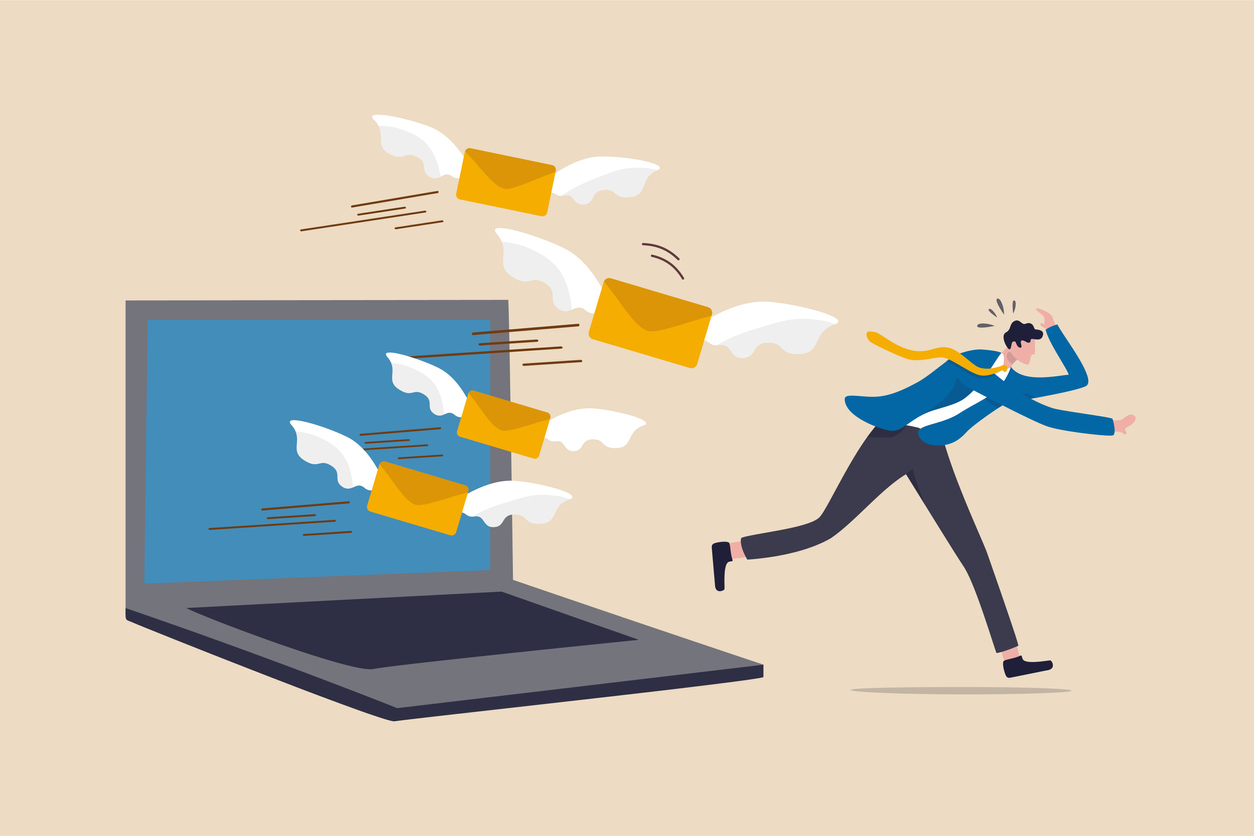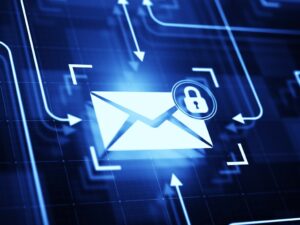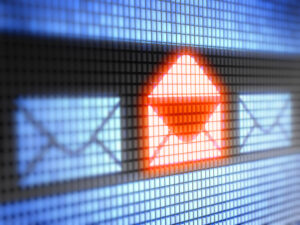4 email etiquette tips for intentional communication
These email best practices let employees know that you are being mindful, considerate and intentional with your messages.

While there are a glut of ghostwritten executive thought leadership pieces out there espousing the importance of building culture and community, they often don’t address the day-to-day behaviors that shape employee experience.
Mindful and considerate email etiquette is a tangible way for leaders to show intention through their employee communications. This has become more crucial in the era of hybrid and remote work schedules, when the boundary between work and home can blur beyond normal office hours and some employees may feel as though they are always “on”.
The Ragan Advisory Board, comprised of accomplished professionals with expertise in internal communications, employee culture, DE&I, strategy and change management, shared their top email etiquette tips.
Here’s what stood out.
Consider the time of your send and reply.
While you may work best in the early morning or as a night owl, be mindful of when you send non-business critical emails.
“If you’re consistently hitting send on late-night questions ‘just because it’s on your mind,’ you’re not being respectful of your colleagues or your direct reports,” said Johnna Muscente, VP of communications & PR at Corcoran. “And if you’re in a senior position, any time a junior staffer sees your name in their inbox, they’re going to feel pressure to be expedient.”
In such instances, using a scheduler, like the one built into Outlook, can ensure your message is delivered at a better time.
Malin Teles, communications manager at EGGS Design, stresses that certain messages are not appropriate for certain times. “Avoid introducing new important information, raising questions or urgent or concerning issues at the end of a workday,” she said, “especially if it’s a Friday afternoon and your colleague will have the whole weekend to worry about it.”
Of course, there will be times when you have to send an email at an inconvenient time. In those instances, be explicit about the expectation for replying. Muscente recommends updating the subject line with something like “FOR TOMORROW” if they can wait to open until the next day or adding “URGENT” to a time-sensitive matter.
This same logic applies when you receive an email that you can’t reply to thoughtfully in the moment.
“If you receive a message but can’t act on it promptly, respond back to acknowledge receipt and confirm an estimated timeline of when you will be able to address the request,” said Cheryl Fenelle Dixon, adjunct strategic communications professor at Columbia and owner of Perfectly Clear Communications. “This saves multiple follow-ups and frustration.”
Create clarity in long messages.
Long messages and long threads can often cause the focus to fade. When drafting a longer message with multiple requests, Dixon emphasizes the importance of ensuring that all stakeholder roles and responsibilities are clear from the outset.
“You run the risk of tossing the ball in the air and no one catching it, or several people attempting to respond and tripping over each other in the process,” she said.
This can also happen when you forward a long email string, as it puts a burden on the receiver to read through all messages.
“Write a short recap at the top of your message summarizing what the string is about,” said Dixon.
Consider the recipient and the format.
Hitting “Reply All” is not always the right move. “It should really only be used if it’s really in the interest of everyone to read what you’re writing,” said Teles. “Same goes for bulk emails in general.”
This can also drastically impact the experience of new employees, who are still unsure about the right way to engage with colleagues and, as such, are put on the best footing when only sent messages that apply specifically to their roles. This may mean that certain sensitive directives and essential information are better delivered in a meeting, where employees can voice questions or concerns verbally.
“Emails can be great at summarizing what’s been concluded or discussed,” Teles said, “but are not great for discussions.”
Follow the ‘3 email’ rule.
The “three email rule,” as summarized by Dixon, states that if a communication is not resolved within three emails, you should switch to a different platform like a direct message, phone call, video chat or in-person meeting.
“Even better,” she said, “if you expect that a discussion is likely to exceed three emails, bypass the email entirely and use a more personal platform to start.”
Following these tips may not completely transform your organization’s culture —but it will put in motion a string of best practices that let employees know you are being mindful, considerate and intentional with the messages you send.
Justin Joffe is the editor-in-chief at Ragan Communications. Before joining Ragan, Joffe worked as a journalist and communications writer specializing in the arts and culture, media and technology, PR and ad tech beats. His writing has appeared in several publications including Vulture, Newsweek, Vice, Relix, Flaunt, and many more.







